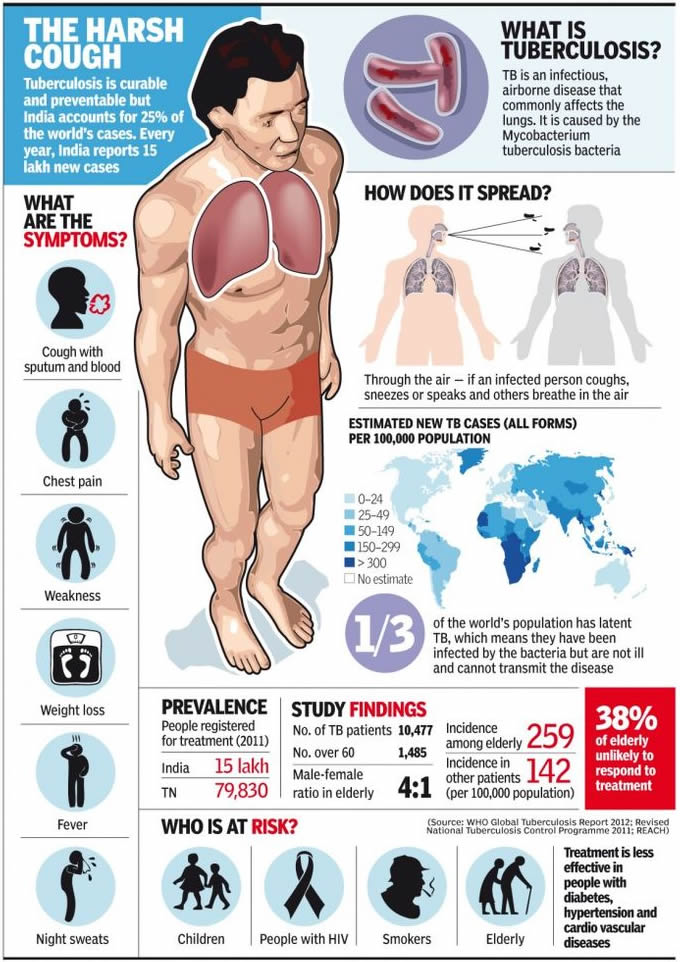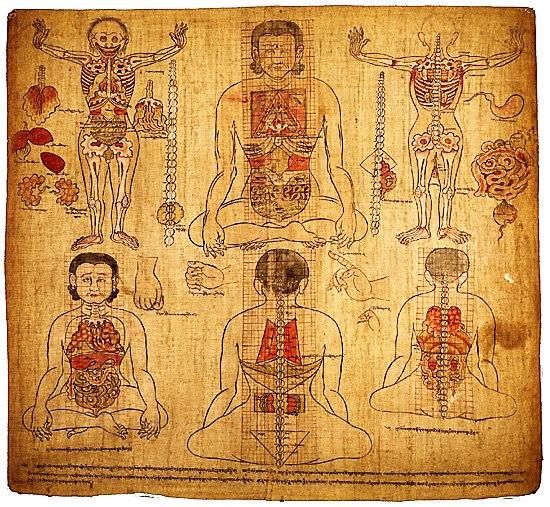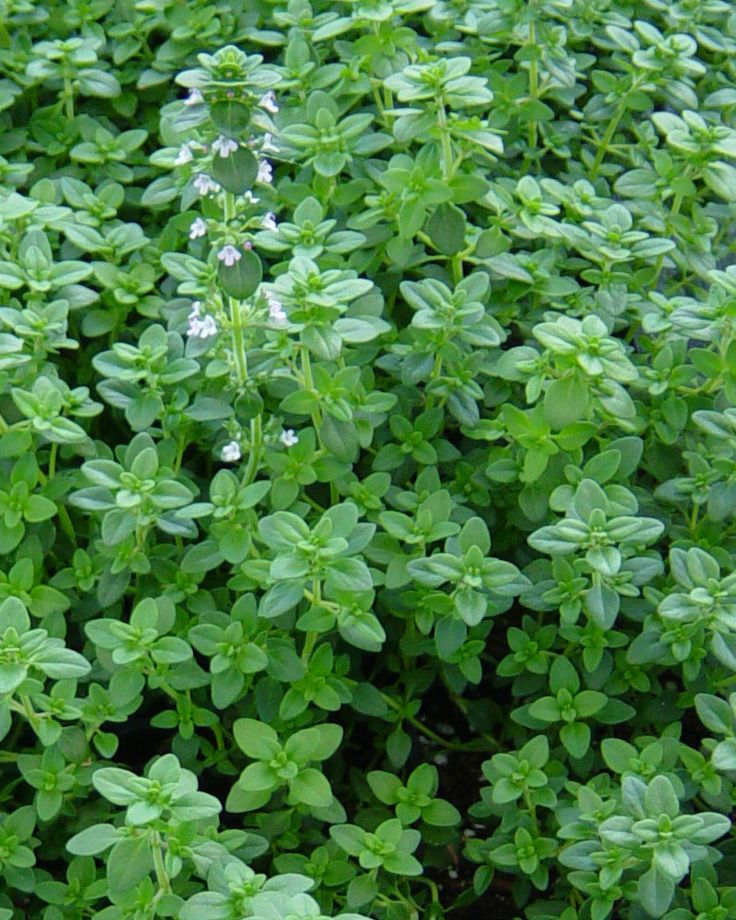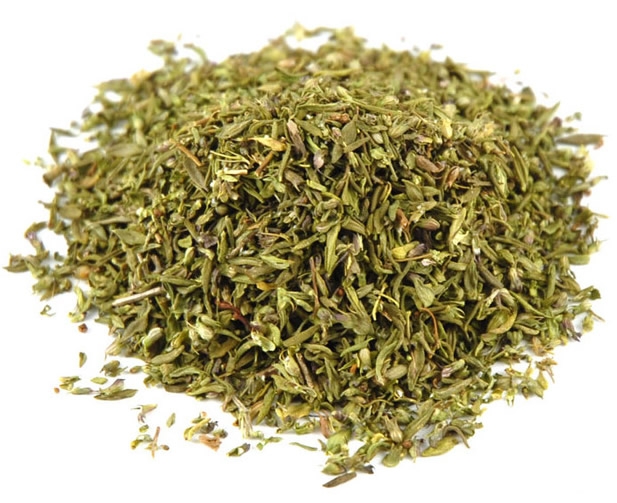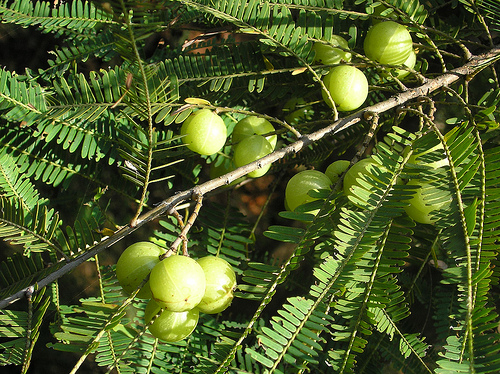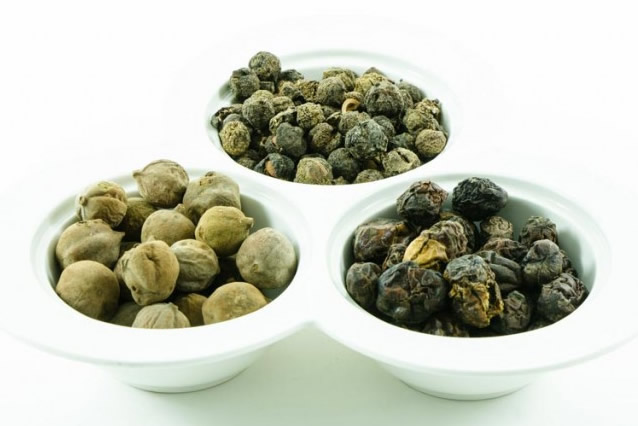Digestive Ulcers
 |
| Digestive Ulcers |
An ulcer is an eroded area of skin or mucous membrane. In common usage, however, ulcer usually refers to disorders in the upper digestive tract. The terms ulcer, gastric ulcer, and peptic ulcer are often used interchangeably.
Peptic ulcers can develop in the lower part of the esophagus, the stomach, the first part of the small intestine (the duodenum), and the second part of the small intestine (the jejunum).
It is estimated that 2% of the adult population in the United States has active digestive ulcers, and that about 10% will develop ulcers at some point in their lives. There are about 500,000 new cases in the United States every year, with as many as 4 million recurrences. The male/female ratio for digestive ulcers is 3:1.
  |
The most common forms of digestive ulcer are duodenal and gastric. About 80% of all digestive ulcers are duodenal ulcers. This type of ulcer may strike people in any age group but is most common in males between the ages of 20 and 45. The incidence of duodenal ulcers has dropped over the past 30 years. Gastric ulcers account for about 16% of digestive ulcers.
They are most common in males between the ages of 55 and 70. The most common cause of gastric ulcers is the use of nonsteroidal anti-inflammatory drugs, or NSAIDs. The current widespread use of NSAIDs is thought to explain why the incidence of gastric ulcers in the United States is rising.
Causes and symptoms
Causes of ulcers
There are three major causes of digestive ulcers: infection; certain medications; and disorders that cause oversecretion of stomach juices.
HELICOBACTER PYLORI INFECTION. Helicobacter pylori is a bacterium that lives in the mucous tissues that line the digestive tract. Infection with H. pylori is the most common cause of duodenal ulcers. About 95% of patients with duodenal ulcers are infected with H. pylori, as opposed to only 70% of patients with gastric ulcers. USE OF NONSTEROIDAL ANTI-INFLAMMATORY
DRUGS (NSAIDS). Nonsteroidal anti-inflammatory drugs, or NSAIDs, are painkillers that many people use for headaches, sore muscles, arthritis, and menstrual cramps. Many NSAIDs are available without prescriptions. Common NSAIDs include aspirin, ibuprofen (Advil, Motrin), flurbiprofen (Ansaid, Ocufen), ketoprofen (Orudis), and indomethacin (Indacin).
Chronic NSAID users have 40 times the risk of developing a gastric ulcer as nonusers. Users are also three times more likely than nonusers to develop bleeding or fatal complications of ulcers. Aspirin is the most likely NSAID to cause ulcers.
Other Risk Factors
- Hypersecretory syndromes, including Zollinger-Ellison syndrome, secrete excessive amounts of digestive juices into the digestive tract. Fewer than 5% of digestive ulcers are due to these disorders.
- Smoking increases a patient’s chance of developing an ulcer, decreases the body’s response to therapy, and increases the chances of dying from complications.
- Blood type. Persons with type A blood are more likely to have gastric ulcers, while those with type O are more likely to develop duodenal ulcers.
- Attitudes toward stress, rather than the presence of stress, puts one at risk for ulcers.
- Having a critical illness. Patients who are very sick are at increased risk of developing stress-related ulcers.
Symptoms
Not all digestive ulcers produce symptoms; as many as 20% of ulcer patients have so-called painless or silent ulcers. Silent ulcers occur most frequently in the elderly and in chronic NSAID users.
The symptoms of gastric ulcers include feelings of indigestion and heartburn, weight loss, and repeated episodes of gastrointestinal bleeding. Ulcer pain is often described as gnawing, dull, aching, or resembling hunger pangs. The patient may be nauseated and suffer loss of appetite.
About 30% of patients with gastric ulcers are awakened by pain at night. Many patients have periods of chronic ulcer pain alternating with symptom-free periods that last for several weeks or months. This characteristic is called periodicity.
The symptoms of duodenal ulcers include heartburn, stomach pain relieved by eating or taking antacids, weight gain, and a burning sensation at the back of the throat. The patient is most likely to feel discomfort two to four hours after meals, or after having citrus juice, coffee, or aspirin.
About 50% of patients with duodenal ulcers awake during the night with pain, usually between midnight and 3 A.M. A regular pattern of ulcer pain associated with certain periods of day or night or a time interval after meals is called rhythmicity.
 |
| Foods that make ulcers worse |
Complications
Between 10%–20% of peptic ulcer patients develop complications at some time during the course of their illness. All of these are potentially serious conditions. Complications are not always preceded by diagnosis of or treatment for ulcers; as many as 60% of patients with complications have not had prior symptoms.
Bleeding is the most common complication of ulcers. It may result in anemia, vomiting blood, or the passage of bright red blood through the rectum. The mortality rate from ulcer hemorrhage is 6-10%.
About 5% of ulcer patients develop perforations, which are holes through which the stomach contents can leak out into the abdominal cavity. The incidence of perforation is rising because of the increased use of NSAIDs, particularly among the elderly.
The signs of an ulcer perforation are severe pain, fever, and tenderness when the doctor touches the abdomen. Most cases of perforation require emergency surgery. The mortality rate is about 5%.
Ulcer penetration is a complication in which the ulcer erodes through the intestinal wall without digestive fluid leaking into the abdomen. Instead, the ulcer penetrates into an adjoining organ, such as the pancreas or liver. The signs of penetration are more severe pain without rhythmicity or periodicity, and the spread of the pain to the lower back.
Obstruction of the stomach outlet occurs in about 2% of ulcer patients. It is caused by swelling or scar tissue formation that narrows the opening between the stomach and the duodenum (the pylorus). Over 90% of patients with obstruction have recurrent vomiting of partly digested or undigested food; 20% are seriously dehydrated.
Diagnosis
Physical examination and patient history
The diagnosis of peptic ulcers is rarely made on the basis of a physical examination alone. The only significant finding may be mild soreness in the area over the stomach when the doctor presses (palpates) it. The doctor is more likely to suspect an ulcer if the patient has one or more of the following risk factors:
- member of the male sex
- age over 45
- recent weight loss, bleeding, recurrent vomiting, jaundice, back pain, or anemia
- history of using aspirin or other NSAIDs
- history of heavy smoking
- family history of ulcers or stomach cancer
Endoscopy and imaging studies
An endoscopy is considered the best procedure for diagnosing ulcers and taking tissue samples. An endoscope is a slender tube-shaped instrument used to view the tissues lining the stomach and duodenum. If the ulcer is in the stomach, then a tissue sample will be taken because 3-5% of gastric ulcers are cancerous.
Duodenal ulcers are rarely cancerous. Radiological studies are sometimes used instead of endoscopy because they are less expensive, more comfortable for the patient, and are 85% accurate in detecting cancer.
Laboratory tests
Blood tests usually give normal results in ulcer patients without complications. They are useful, however, in evaluating anemia from a bleeding ulcer or a high white cell count from perforation or penetration. Serum gastrin levels can be used to screen for Zollinger-Ellison syndrome.
It is important to test for H. pylori because almost all ulcer patients who are not taking NSAIDs are infected. Noninvasive tests include blood tests for immune response and a breath test. In the breath test, the patient is given an oral dose of radiolabeled urea.
If H. pylori is present, it will react with the urea and the patient will exhale radiolabeled carbon dioxide. Invasive tests for H. pylori include tissue biopsies and cultures performed from fluid obtained by endoscopy.
Treatment
Alternative treatments can relieve symptoms and promote healing of ulcers. A primary goal of these treatments is to rebalance the stomach’s hydrochloric acid output and to enhance the mucosal lining of the stomach.
Food allergies have been considered a major cause of stomach ulcers. An elimination/challenge diet can help identify the allergenic food(s) and continued elimination of these foods can assist in healing the ulcer.
Ulcer patients should avoid aspirin, stop smoking, avoid antacids, and reduce stress. Dietary changes include avoidance of sugar, caffeine, and alcohol, and reducing milk intake.
Supplements
Dietary supplements that help to control ulcer symptoms include:
- vitamin A
- B-complex vitamins
- vitamin C
- vitamin E
- glutamine
- rice bran oil (gamma oryzanol)
- selenium
- deglycyrrhizinated licorice (DGL)
- zinc picolinate
Herbals
Botanical medicine offers the following remedies that may help treat ulcers:
- Bilberry (Vaccinium myrtillus): heals ulcers.
- Cabbage: heals ulcers.
- Calendula (Calendula officinalis): heals duodenal ulcers.
- Chamomile tea: speeds healing, reduces mucosal reaction, reduces stress, and lessens gas.
- Comfrey (Symphytum officinale) root: soothes the stomach, lessens bleeding, and speeds healing, however, the patient must take caution, in that prolonged or excessive use can be harmful to the liver.
- Geranium (Pelargonium odoratissimum): lessens bleeding.
- Licorice (Glycyrrhiza glabra): heals ulcers.
- Marsh mallow (Althaea officinalis) root: soothes the stomach.
- Meadowsweet: soothes the stomach.
- Plantain (Plantago major): soothes the stomach.
- Slippery elm (Ulmus fulva): lessens bleeding and heals mucous membrane.
- Wheat grass (Triticum aestivum): heals ulcers.
Chinese medicines
Chinese herbal treatment principles are based upon specific groups of symptoms. Chinese patent medicines are also based upon specific symptoms and include:
- Wu Bei San (cuttlefish bone and fritillaria): acid reflux and bleeding
- Wu Shao San (cuttlefish bone and paeonia): acid reflux and bleeding
- Liang Fu Wan (galangal and cyperus pill): pain
- 204 Wei Tong Pian (204 epigastric pain tablet): pain, acid reflux, and bleeding
- Xi Lei San (tin-like powder): ulcer with tarry stool
Other treatments
Other treatments for ulcers are:
- Essence therapy. Dandelion essence can help reduce tension, and pink yarrow essence can help the patient distinguish between his or her problems and those of others.
- Reflexology. For ulcers, the practitioner work the solar plexus and stomach points on the feet and the solar plexus, stomach, and top of shoulder points on the hands.
- Biofeedback. Thermal biofeedback can help protect and heal the stomach.
- Sound therapy. Music with a slow, steady beat can promote relaxation and reduce stress.
- Ayurveda. Ayurvedic treatment is individualized to each patient but common ulcer remedies include: aloe vera natural gel, arrowroot powder with hot milk, and tea prepared from cumin, coriander, and fennel seeds.
- Acupuncture. Ulcers can be treated using target points for stress, anxiety, and stomach problems.
- Relaxation techniques. Stress reduction and involvement in stress management programs may help relieve ulcer symptoms.
Allopathic treatment
Medications
Most drugs that are used to treat ulcers work by either lowering the rate of stomach acid secretion or protecting the mucous tissues that line the digestive tract.
Medications that lower the rate of stomach acid secretions fall into two major categories: proton pump inhibitors and H2 receptor antagonists.
The proton pump inhibitors, which have been in use since the early 1990s, include omeprazole (Prilosec) and lansoprazole (Prevacid). The H2 receptor antagonists include ranitidine (Zantac), cimetidine (Tagamet), famotidine (Pepcid), and nizatidine (Axid).
Drugs that protect the stomach tissues are sucralfate (Carafate), bismuth preparations, and misoprostol (Cytotec).
Most doctors presently recommend treatment to eliminate H. pylori to prevent ulcer recurrences. Without such treatment, ulcers recur at the rate of 80% per year.
The drug combination used to eliminate the bacterium is tetracycline, bismuth subsalicylate (Pepto-Bismol), and metronidazole (Metizol). Eradication is not always successful, however, for reasons that are unclear.
Surgery
Surgical treatment of ulcers is generally used only for complications and suspected cancer. The introduction of a newer technique for repairing perforated ulcers using a laparoscope rather than opening the patient’s abdomen may reduce some of the risks associated with surgical treatment of ulcers.
The most common surgical procedures are vagotomies, in which the connections of the vagus nerve to the stomach are cut to reduce acid secretion; and antrectomies, which involve the removal of part of the stomach.
Expected results
The prognosis for recovery from ulcers is good for most patients. Very few ulcers fail to respond to the medications that are currently used to treat them. Recurrences can be cut to 5% by eradication of H. pylori. Most patients who develop complications recover without problems even when emergency surgery is necessary.
Prevention
Strategies for the prevention of ulcers or their recurrence include the following:
- giving misoprostol to patients who must take NSAIDs
- participating in integrated stress management programs
- avoiding unnecessary use of aspirin and NSAIDs
- improving the nutritional status of critically ill patients
- quitting smoking
- cutting down on alcohol, tea, coffee, and sodas containing caffeine
- eating high-fiber foods









